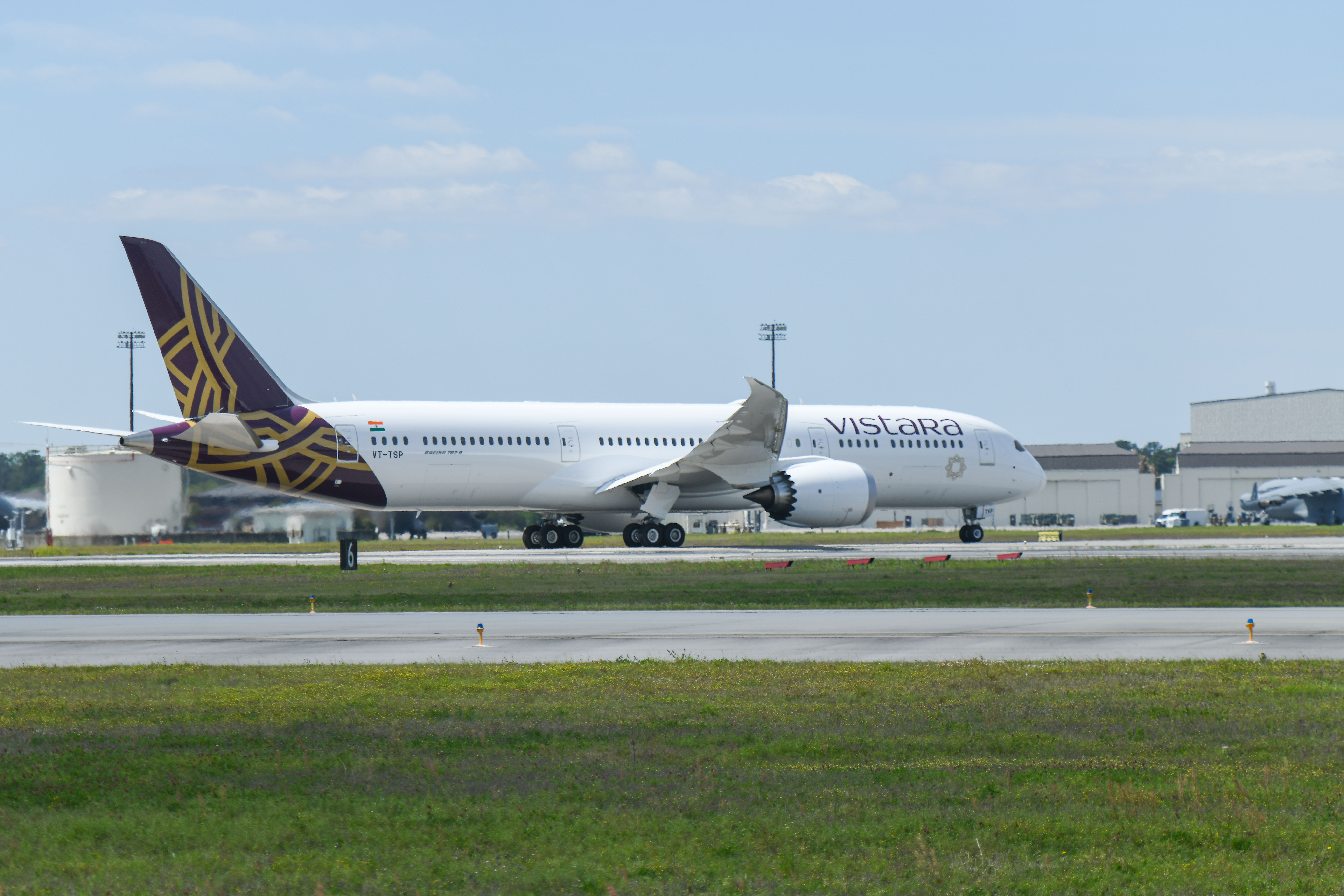Growth of China inbound tourism is losing steam due to enhanced competition from other countries, visas’ issue, deteriorating relations with some countries in the region and also a possible saturation of many Chinese destinations.
BEIJING- Chinese media reported recently what could be a worrying trend for China tourism. China is experiencing a slowdown in arrivals from international travellers.
China’s inbound tourism market has been stagnant in recent years, although the scale of inbound tourism is still larger than outbound tourism. Statistics from the China Tourism Academy show the number of inbound tourists to China was 133 million person-trips in 2012, a 1.7-percent year-on-year fall. According to Xinhuanet and China Daily, the tourism trade deficit increased to more than $50 billion. The income of inbound tourism declined 0.3 percent compared with 2011.
Inbound tourist numbers to China from all the four largest source countries, including South Korea, Japan, the US and Russia, decreased in the first half of 2013, according to the National Tourism Administration. South Korea, which is China’s largest inbound tourism source, had a 5.48 percent year-on-year decline in the first half of 2013. The reduction in tourists from Japan, the second-largest source country, was 25.5 percent.
Some neighbouring Asian countries have become strong competitors to China in the inbound tourism market, with foreign travelers’ online searches for Chinese tourism destinations increasing much more slowly than for other Asian countries.
According to a report released by Google Inc., year-on-year growth of the search for Chinese destinations was only 7 percent in 2012, while the growth for India was 21 percent and Thailand was 19 percent. “Inbound tourists are shunted to other Asian countries. Their inbound tourism is experiencing fast growth,” said Tang Hongbiao, Google’s general manager for customer sales.
The slowdown of the global economy and the appreciation of the yuan are being blamed for inbound tourism going down. In the case of Japan or even Korea, deteriorating political relations certainly had an effect on tourist arrivals into China. Some local specialists point out to a mediocre service quality at Chinese destinations and poor promotions as significant.
The inbound tourism market should look to improving its quality rather than just increasing quantity, he added. Chinese destinations should understand more about inbound tourists’ demands and characteristics in order to make promotions more effective.
Chinese traditional culture, history and natural scenery are still the biggest draws for foreign travelers, according to Google’s report but travelers from different countries also have their own preferences. For example, Japanese travellers pay more attention to the natural scenery while travellers from the US are interested in culture and history.
Leisure travellers form the majority of China’s inbound visitors at 79 percent, but business travellers have about a 20 percent bigger budget for accommodation, Google said. “Chinese destinations can target different groups of inbound visitors,” said Tang.
Google also suggested tourism agents should pay more attention to the Internet for promotional purposes because while the tourism industry is already an important client for Google globally, it is in its infancy in China.
Luc Citrinot a French national is a freelance journalist and consultant in tourism and air transport with over 20 years experience. Based in Paris and Bangkok, he works for various travel and air transport trade publications in Europe and Asia.














































































